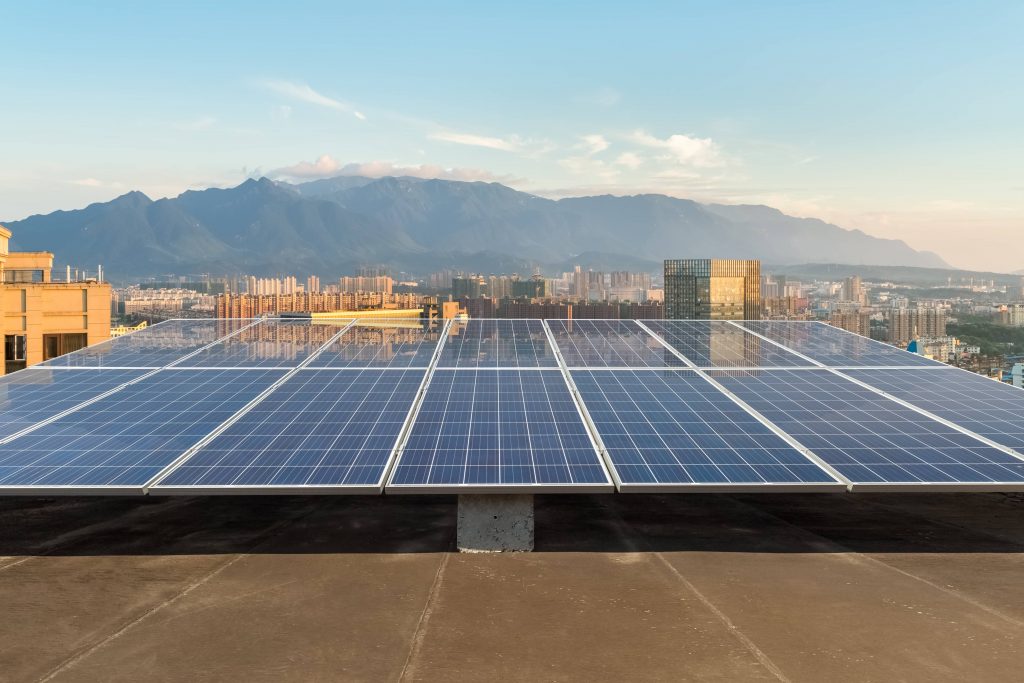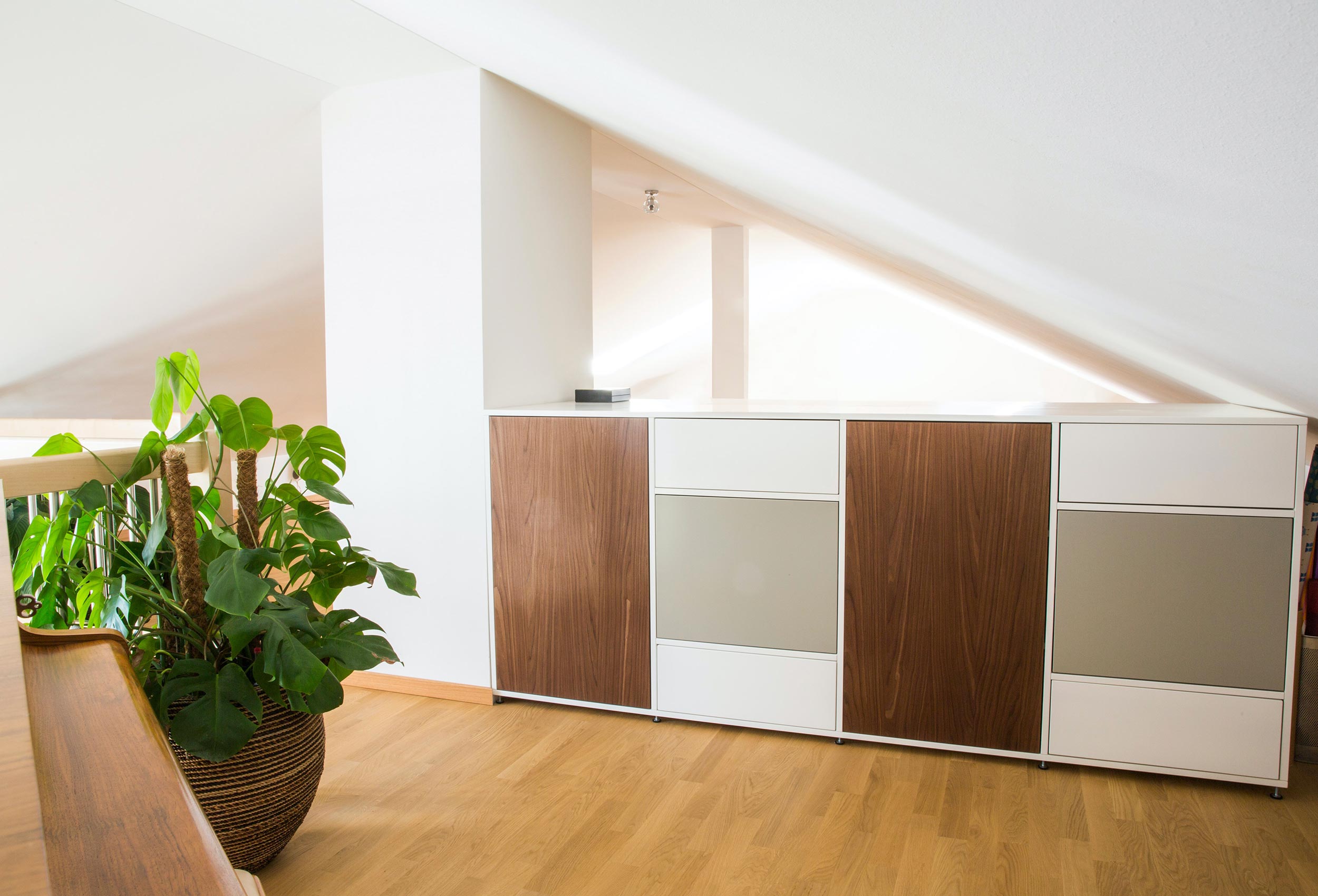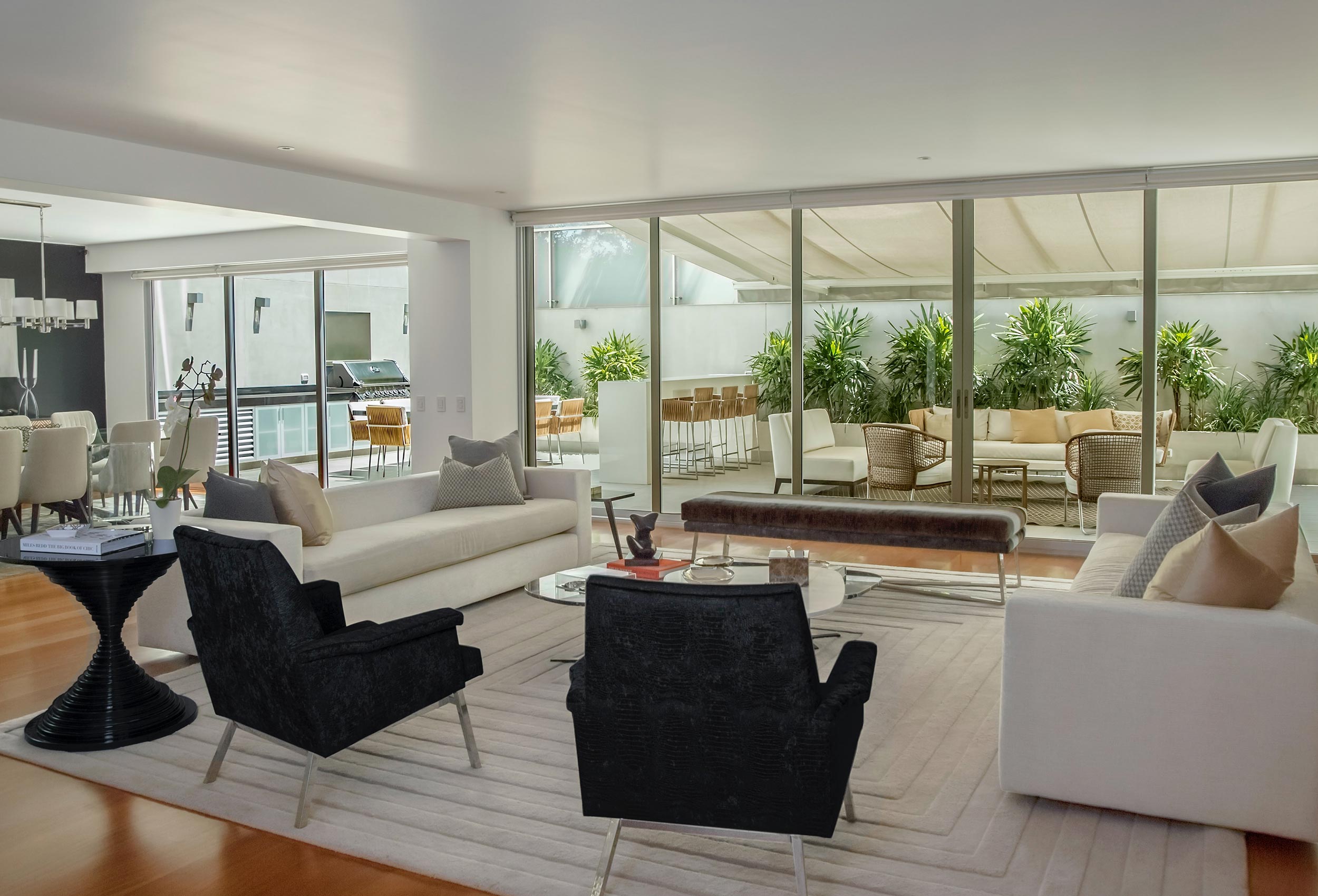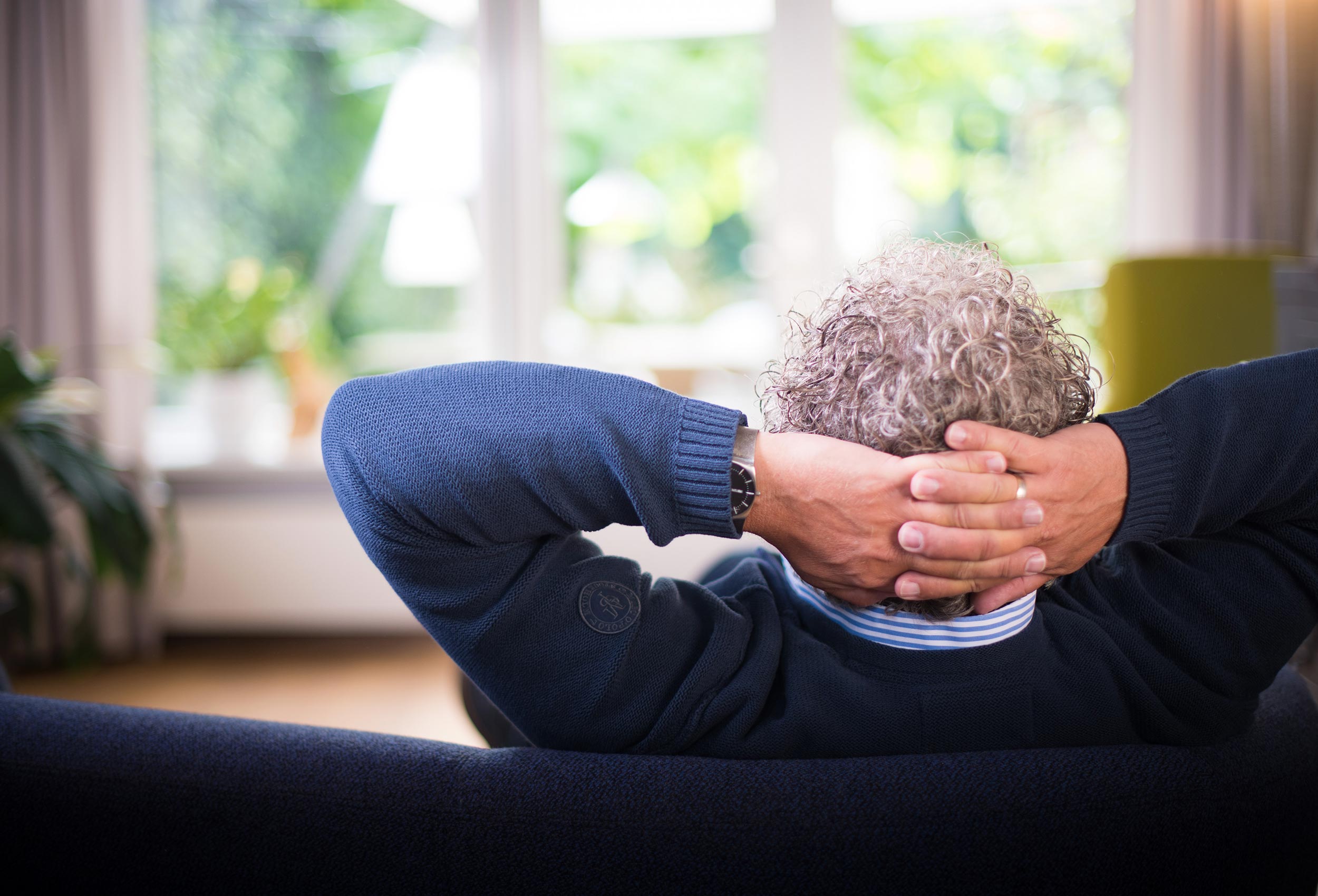If we ask ourselves what energy efficiency in a home is, we have to take into account many factors that affect it, including thermal insulation in the construction. But we shouldn’t leave it there, since we also have to consider many other aspects that will directly affect that efficiency.
Working on energy efficiency also helps us improve the temperature in a room, as well as the atmosphere and most certainly the ventilation. We’re not just talking about controlling the temperature, but also the ventilation, condensation, humidity and the state of the materials used in construction.
So, for proper energy efficiency we need to talk about:
- Thermal insulation and thermal bridges
- Ventilation and air-tightness
- Windows
Thermal insulation—not forgetting thermal bridges
One of the fundamental aspects for your home’s energy efficiency is to envelope it with a porous material that acts as thermal insulation.
The insulation must envelope the walls, roofs and floors; in other words, all the surfaces in contact with the outside.
In most cases this objective is clear, but the problem arises when there are zones left without insulation in that envelope, creating thermal bridges.
If we don’t take care of the little details in construction, the zones that may end up without insulation are usually where different construction elements meet:
- Where they join with windows and doors.
- Roll shutter boxes
- Joint between façade and roof
- Uneven features on the façade (balconies, eaves, etc.)
If we leave uninsulated zones on the façade, the flow of hot or cold will concentrate on that zone and there will be many more possibilities for dampness and condensation to appear.
Ventilation is always fundamental, taking into account the air-tightness.
To achieve proper energy efficiency for your home, you have to control the air coming into it.
I’m referring to when you ventilate your house, whether it’s by opening windows or using grilles to keep up constant ventilation: you have to make sure you aren’t losing heat.
To do so, one interesting possibility could be mechanical ventilation with heat recovery. With this, we are constantly ventilating, but with the air temperature adapted.
Together with mechanical ventilation, I include the term air-tightness. In other words, building a house closed off from the outside air so there are no heat losses.
This is very important. If you decide to make your home airtight, it is essential to have mechanical ventilation. If not, you will definitely have problems with condensation and dampness.
The combination of mechanical ventilation + air-tightness is a way of achieving very high energy efficiency.
If you opt to ventilate using manual means, in other words opening windows, I recommend you control the air entering and optimise the times for ventilating.
Take special care with windows
The thermal envelope is everything enveloping the space where we are going to live. Hence, in addition to the opaque surfaces (wall, roof and floor), the windows are also part of the envelope.
In addition to thermal insulation, the windows also capture sunlight.
The benefits of wooden windows are very positive in general for a healthy passive house.
Energy efficiency in an airtight house with insulation, no thermal bridges, and with mechanical ventilation with heat recovery, but without quality windows, can leave the job half-done.
A lot of air usually comes in through the windows. You can do a test with the windows in your home: put your hand over the perimeter of the window and the metal parts and you’ll feel the air flowing.
If you have roll shutters, you’ll notice even more in the hollow spaces for the cord.
Quality, airtight windows that insulate with low emissivity glass will improve a home’s energy efficiency a great deal.
A home’s energy efficiency implies savings, but also comfort.
Energy efficiency means savings, of course. But it also means comfort and well-being.
Having the right temperature, an optimum level of humidity and constant ventilation, all implies an improvement for your health.
As I always say, all of these aspects of energy efficiency combined with using natural materials means a commitment to health and the planet.






